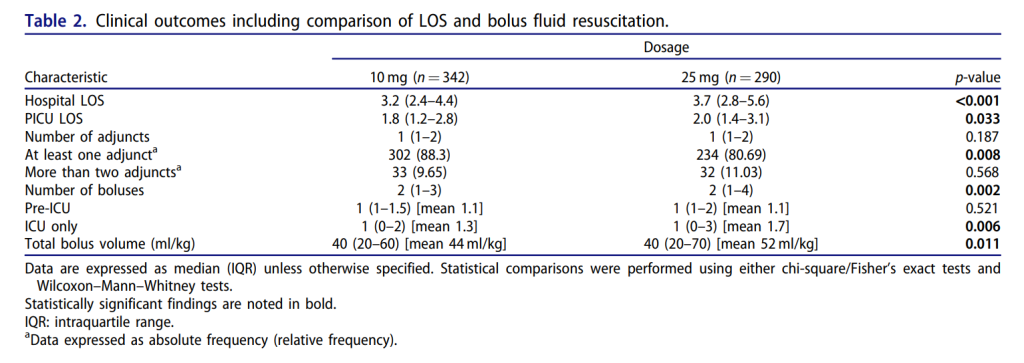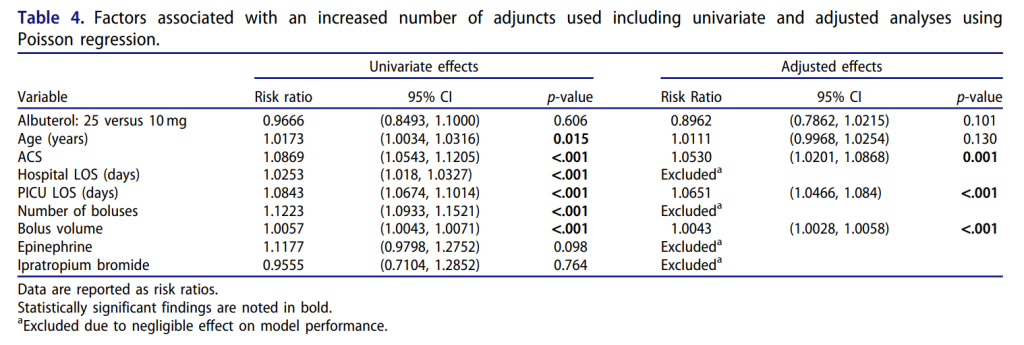
Introduction
Status asthmaticus is a life-threatening condition and one of the leading causes of admission to pediatric intensive care units (PICU). While asthma prevalence has plateaued and hospital admissions for asthma have declined, the incidence of ICU-level care for children with status asthmaticus continues to rise.
Inhaled albuterol administered via continuous nebulization is the most commonly used bronchodilator in critically ill children with status asthmaticus. It is among the few evidence-based therapies employed in PICU asthma management. However, continuous albuterol therapy carries a risk of significant side effects, including dose-dependent diastolic hypotension, tachycardia, and potential myocardial injury, which have been reported in a majority of cases. Despite its widespread use, evidence-based dosing guidelines for continuous albuterol in this population remain limited.
This study aimed to compare the hemodynamic side effects of two continuous albuterol doses (10 mg/h versus 25 mg/h) in critically ill children. The hypothesis was that lower-dose albuterol would result in reduced toxicity without increasing the requirement for adjunctive therapies.
Methods
A retrospective cohort study was conducted, including children over the age of two who received continuous nebulized albuterol for status asthmaticus in the PICU between 2011 and 2013. Standard initial therapy consisted of intravenous corticosteroids and continuous nebulized albuterol. Patients receiving 10 mg/h albuterol were compared to those receiving 25 mg/h. Outcomes evaluated included the need for additional asthma therapies and hypotension necessitating fluid resuscitation.
Results
A total of 632 patients were included in the study, with 342 receiving 10 mg/h albuterol and 290 receiving 25 mg/h. Children in the lower-dose group required less fluid resuscitation, with no increase in the use of adjunctive therapies after adjusting for confounding variables. Patients in the 25 mg/h group required 17% more fluid boluses. Additionally, those receiving the lower-dose albuterol experienced shorter lengths of stay in both the PICU and the hospital after adjustment for confounders.





Conclusion
In critically ill children with status asthmaticus, continuous nebulization of albuterol at 10 mg/h was associated with reduced fluid resuscitation requirements and shorter PICU and hospital stays, without increasing the need for adjunctive therapies. These findings highlight the potential for higher albuterol doses to exacerbate cardiovascular toxicity without offering additional therapeutic benefit.
Given the concerns regarding cardiovascular side effects associated with continuous albuterol and the lack of clear benefit from higher doses, prospective studies are urgently needed. Future research should focus on detailed evaluations of hypotension, standardized guidelines for fluid resuscitation, and assessments of myocardial toxicity markers to clarify the impact of albuterol dosing on clinical outcomes in pediatric status asthmaticus. Addressing this issue is critical for improving outcomes and reducing morbidity in this vulnerable population.
Reference

中国大陆
简体中文
United Kingdom
English